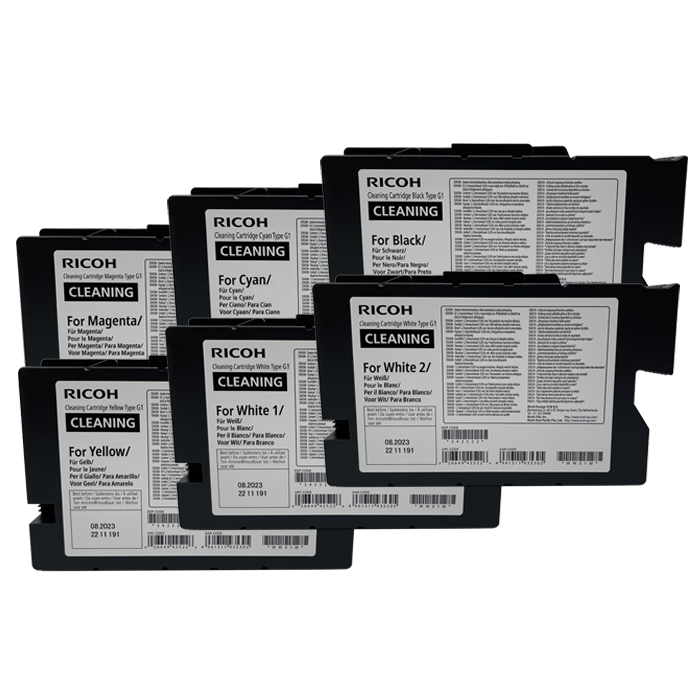Pricing Strategy for Garment Printing
Dean Armando
One of the more common questions from the newly established owner of a digital garment printer is, “How much should I be charging for my printed t-shirts?”

No one can provide the answer to this question; there are too many variables that go into calculating your final pricing, be it wholesale or retail. However, I can tell you that there are common business questions that you should consider when calculating your cost structure.
Labor should be your first parameter. You typically want to get paid accordingly for the work that you are performing. Are you a multi-hat wearer? Do you have employees? It takes time to design or correct a graphic to be printed. It takes time to load and unload a shirt. It takes time to cure the shirt with a heat press. It takes time to package your order. You should be paid for all of this time. Considering all of the above, determine your fair market labor value. This will vary based on your local economy (remember location, location, location?). Do a comparison against your local screen printers’ and graphic designers’ fees.
Once you have this base number, factor in your operating costs. Do you work from home? Are you renting commercial or retail space? Did you purchase your printer outright or do you have lease payments to cover? Do you purchase blank shirts in bulk or are you purchasing on an as needed basis? Are your garments customer supplied? Are you buying ink in 110ml ink cartridges or in 220ml garment ink cartridges? Keeping your operating costs in check can be a daunting task. In a perfect world, bulk purchases will help reduce your operating expenses to a certain degree. However, generating enough business to reach the optimal bulk purchase rates may be beyond the safe operating zone for most start-up businesses. Don’t fret; as your business grows, so too should your purchasing power. Growing your purchasing power is one of the best ways to increase your bottom line without compromising your hourly rate.
Keeping your operating costs in check can be a daunting task. In a perfect world, bulk purchases will help reduce your operating expenses to a certain degree. However, generating enough business to reach the optimal bulk purchase rates may be beyond the safe operating zone for most start-up businesses. Don’t fret; as your business grows, so too should your purchasing power. Growing your purchasing power is one of the best ways to increase your bottom line without compromising your hourly rate.
Another parameter to calculate is the quantity of ink (and pre-treatment when utilizing white ink) being consumed per print. Understanding the actual ink used per print will greatly aid in determining your hard production cost per shirt.
As a general guide with a garment printer, the amount of ink consumed on a white or light shirt using the recommended ink settings is in the range of .4 grams to 1 gram of total CMYK ink per 9” x 10” design with 70% coverage (area of actual ink exclusive of negative space). The usable volume of ink contained in an ink cartridge regardless of size is approximately 95-98%. This will vary depending on several factors. These factors will include user definable settings such as ink saturation levels, auto maintenance settings, environmental humidity values and frequency of manual maintenance cycles and ink charges or purges.
The volume of white ink used in the above scenario (and for the matter in most scenarios) is roughly a 3:1 ratio based on optimal white ink value settings. One of the more consistent values to work with is the amount of pre-treatment needed for proper vibrant color output on dark garments. As a general rule of thumb, a correctly pre-treated garment will use approximately 13 grams of solution per printed area of 180 square inches.
With all this information being condensed to an orderly outline, you now have the baseline cost factors that you should consider when calculating the wholesale or retail price of your digitally printed garments. In the end, your pricing will come down to what the market will bear in your location.















